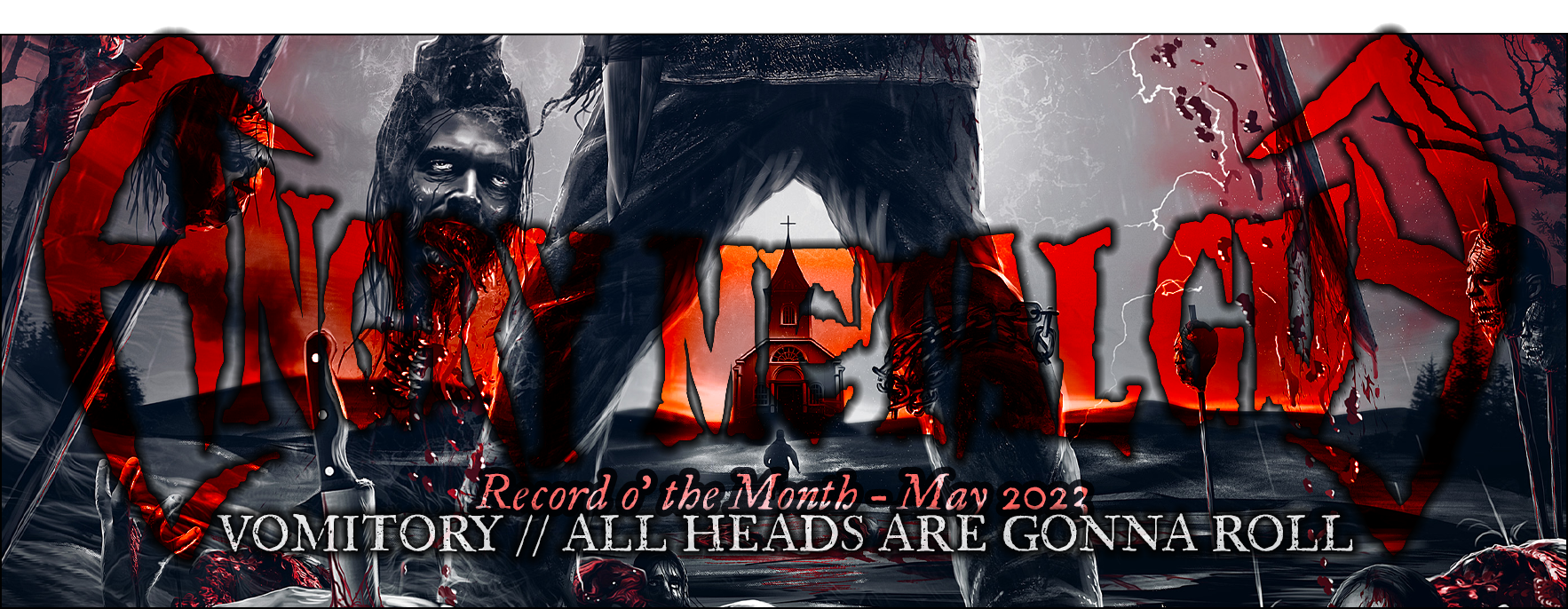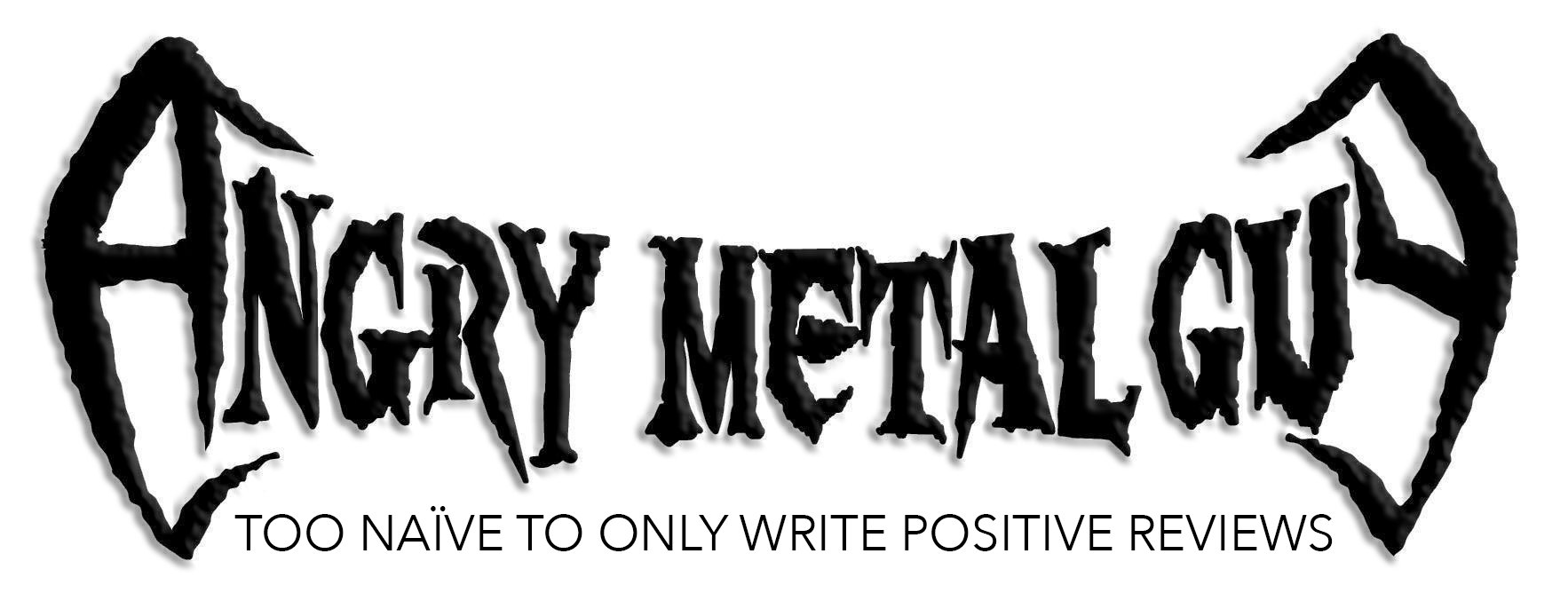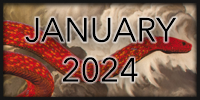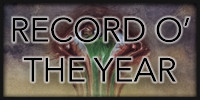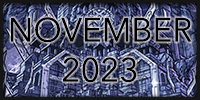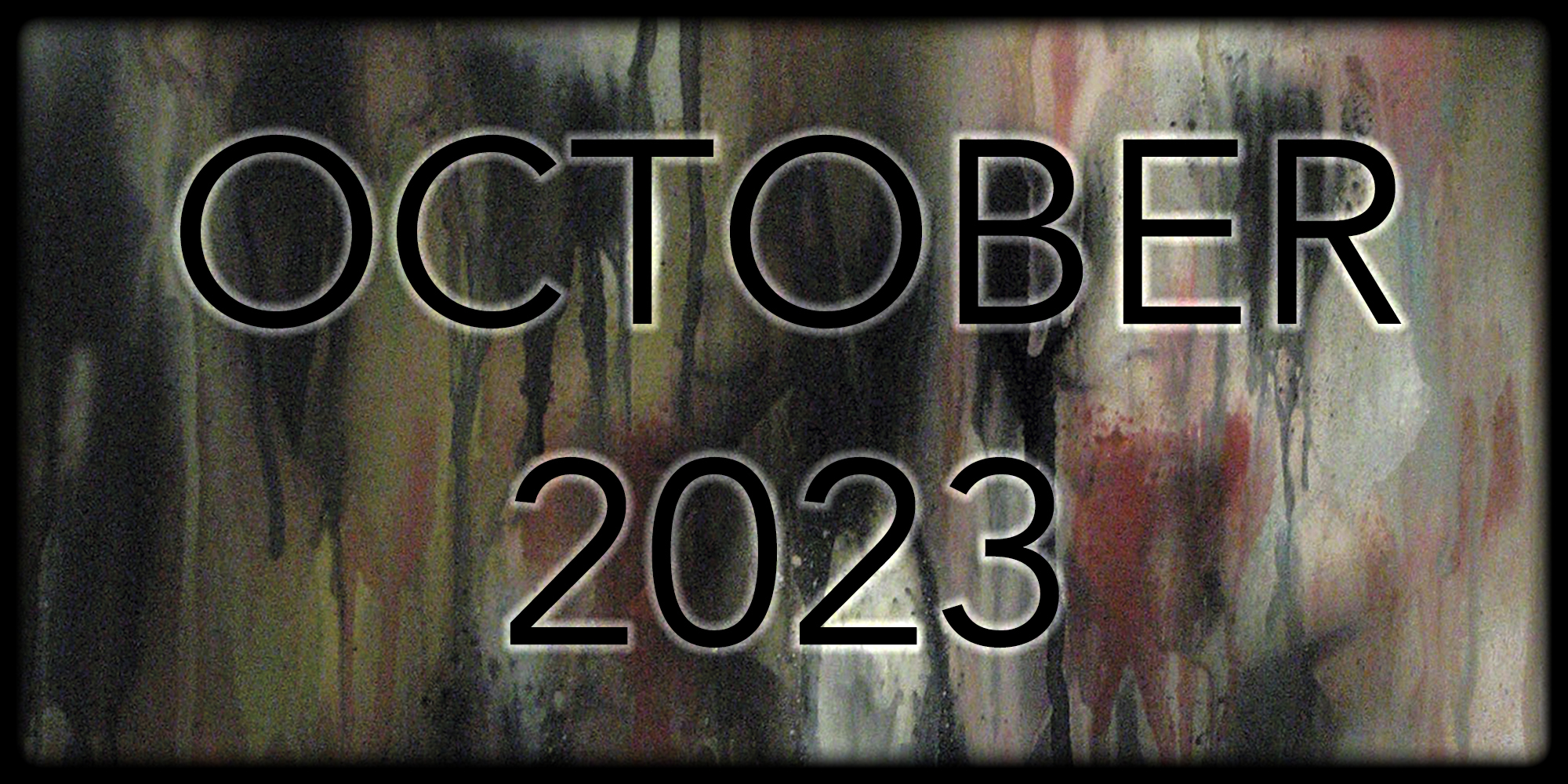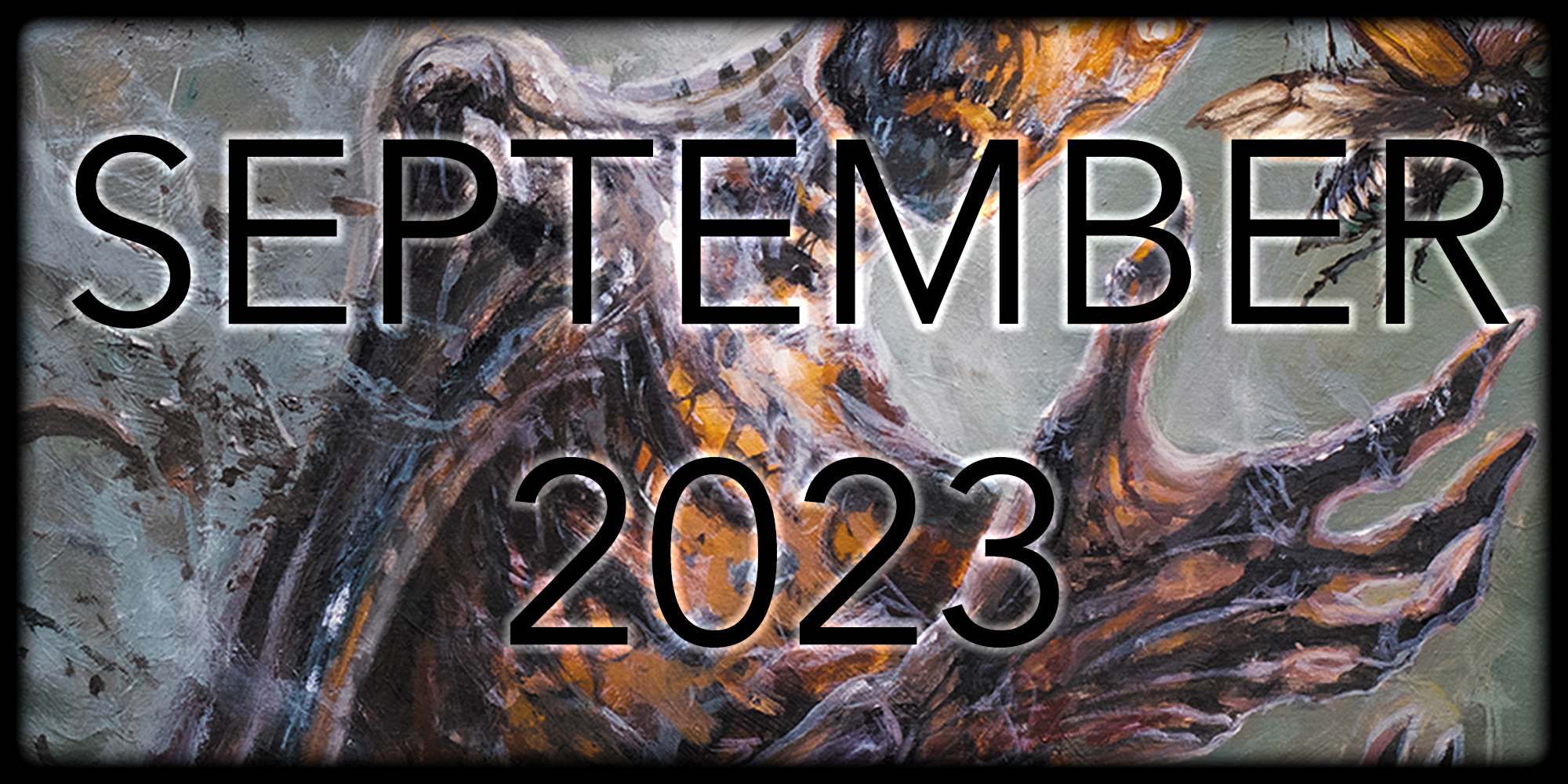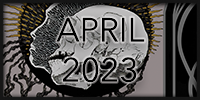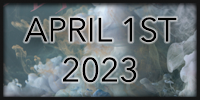Written By: Happy Metal Guy!
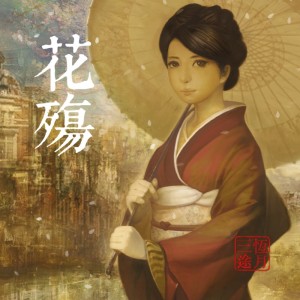 Geisha metal could very well be a legitimate label in future, if Elegy for the Blossoms gains more exposure to the international metal community. As the second full-length studio album by indie Taiwanese symphonic gothic metal band Crescent Lament, this record successfully captures the helplessness felt by Taiwanese women of convenience who had little to no choice but to walk the geisha’s path.
Geisha metal could very well be a legitimate label in future, if Elegy for the Blossoms gains more exposure to the international metal community. As the second full-length studio album by indie Taiwanese symphonic gothic metal band Crescent Lament, this record successfully captures the helplessness felt by Taiwanese women of convenience who had little to no choice but to walk the geisha’s path.
The protagonist of this conceptual album is Taiwanese geisha A-hiong, a fictional character who—like actual Taiwanese geishas who lived in Taiwan when it was still under Japanese rule—has no control over her fate, mainly due to gender inequality and the life-disrupting consequences of World War II. Let’s back up here a bit: Isn’t “geisha” a Japanese term, you ask? Yes, it refers to Japanese female social escorts who can typically dance, sing, and provide sexual services to paying men. But because Taiwan was under Japanese colonial rule for half a century (from 1895 to 1945), there was obviously Japanese demand for local women of convenience during those days, which inevitably resulted in the grooming of local Taiwanese women in the ways of the geisha – hence the Taiwanese geisha.
Lyrically speaking, Elegy for the Blossoms is essentially a soap opera with WWII as the socio-political backdrop framing the ups and downs of A-hiong’s love story (prefaced as a brief biography in the lyrics booklet). That love story, by the way, is Class A cheesiness: helpless woman meets possibly helpful man. Both fall in love before the war. Man goes to Japan for business during the war, promising to marry woman when he returns. Man gets stuck in Japan due to war stuff; does not return to Taiwan as promised. Woman cannot wait forever; gets into arranged marriage to some rich bloke. Man returns on eve of woman’s arranged marriage, explaining his lateness. Woman does not forgive him and clichéd cries of “it’s too late let’s marry in the next life” ensue. If it were the narrative of some Asian TV drama today, it would be the equivalent of cheesy power metal. But when used as the narrative of an Asian conceptual metal album prominently featuring Chinese folk musical instruments, it becomes memorable. The result: a quasi-audiobook in which the sappy love story unfolds to befittingly melancholic music. By the time the tenth track and final chapter rolls around, A-hiong’s yearning for her MIA lover has morphed into fatalistic resignation, which is perhaps a stark reminder of how platitudes often fall flat in the face of brute reality.
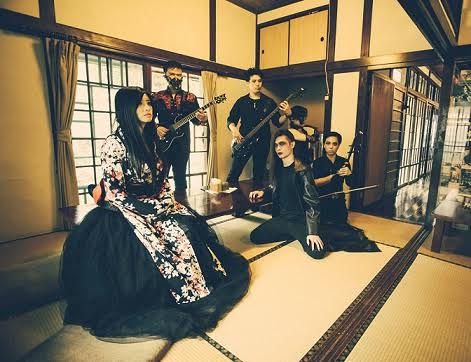
Aurally speaking, Elegy for the Blossoms is a despondent tapestry woven from the threads of a female soprano, harsh male vocals, electric guitar, drums, a piano/synths, an erhu (Chinese two-stringed fiddle), and a pipa (Chinese four-stringed lute). The latter two instruments conjure an oriental atmosphere conducive to imagining one to be sipping freshly brewed green tea under a cloudless night sky, staring at the full moon (“Lullaby of Sanctuary” and “A Mental Escape” are two examples). The erhu (played by Jedi Yeh), in particular, features prominently on almost every track, having more solos than the electric guitar. Hence, you could say the electric guitar… wait for it… plays second fiddle to the erhu [Don’t quit your day job, kid. – Steel Druhm]. This subversion of traditional metal roles is a sonic breath of fresh air, which I hope will swell into a hurricane in the near future and take the East Asian metal scene by storm. Because while Chthonic was arguably the archetypal “erhu metal band,” its music these days is mostly driven by electric guitars. It’s a pity, though, that the erhu’s cousin, the pipa, might not be a permanent fixture of Crescent Lament’s musical instrument line-up; it’s stated in the lyric booklet that the pipa (played by Pitufa Lin) only appeared on this record as a guest instrument. Pitufa’s refined, plucked melodies fit the geisha concept so well because geishas often learned to play instruments like the pipa in order to better entertain their clients. Thus, it would be disappointing to catch Crescent Lament performing this record live if they simply used studio recordings of Pitufa’s playing as a stand-in for Pitufa.
On the keyboard side of the musical spectrum, the piano and synths (both played by Warose Chen) do their jobs well, too. When not providing melancholic accompaniment to the main musical instruments, the piano injects bouts of calmness that foreshadow imminent aural sorrow, as heard in the introductions of “Last Embrace”, “Flavor of Emptiness”, and “Masked Doll.” And as though its presence is not ubiquitous enough, the piano shows off its potential for expressing great emotional depth in the aptly titled piano-and-erhu instrumental track, “Autumn Rustle.”
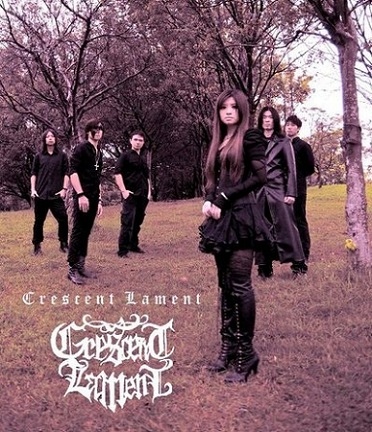 Last but certainly not least, the soprano heard on this record— Muer Chou —is the driving musical force of Elegy for the Blossoms, steering listeners in the intended emotional directions along the course of their aural journey through A-hiong’s dramatic story. Not every syllable is cleanly sung, though. Harsh vocals are occasionally utilized to create the beauty-and-the-beast effect with Muer’s soul-stirring singing, perhaps as a representation of A-hiong’s suppressed anger at her inability to alter her fate.
Last but certainly not least, the soprano heard on this record— Muer Chou —is the driving musical force of Elegy for the Blossoms, steering listeners in the intended emotional directions along the course of their aural journey through A-hiong’s dramatic story. Not every syllable is cleanly sung, though. Harsh vocals are occasionally utilized to create the beauty-and-the-beast effect with Muer’s soul-stirring singing, perhaps as a representation of A-hiong’s suppressed anger at her inability to alter her fate.
As an overlooked gem of 2015, Elegy for the Blossoms proves that cross-cultural metal can be more original than derivative (of the Western side of metal music). And as its name suggests, this record is more than just a music album – it is first and foremost a serious poetic reflection on the fleetingness of human existence, and the inevitable burden that comes with it: having to continually make the best of what little free will one has to move on in life from past events that were set into motion by what turned out to be bad choices in hindsight. This is an excellent work of art to add to your unconventional metal collection, to say the least.
